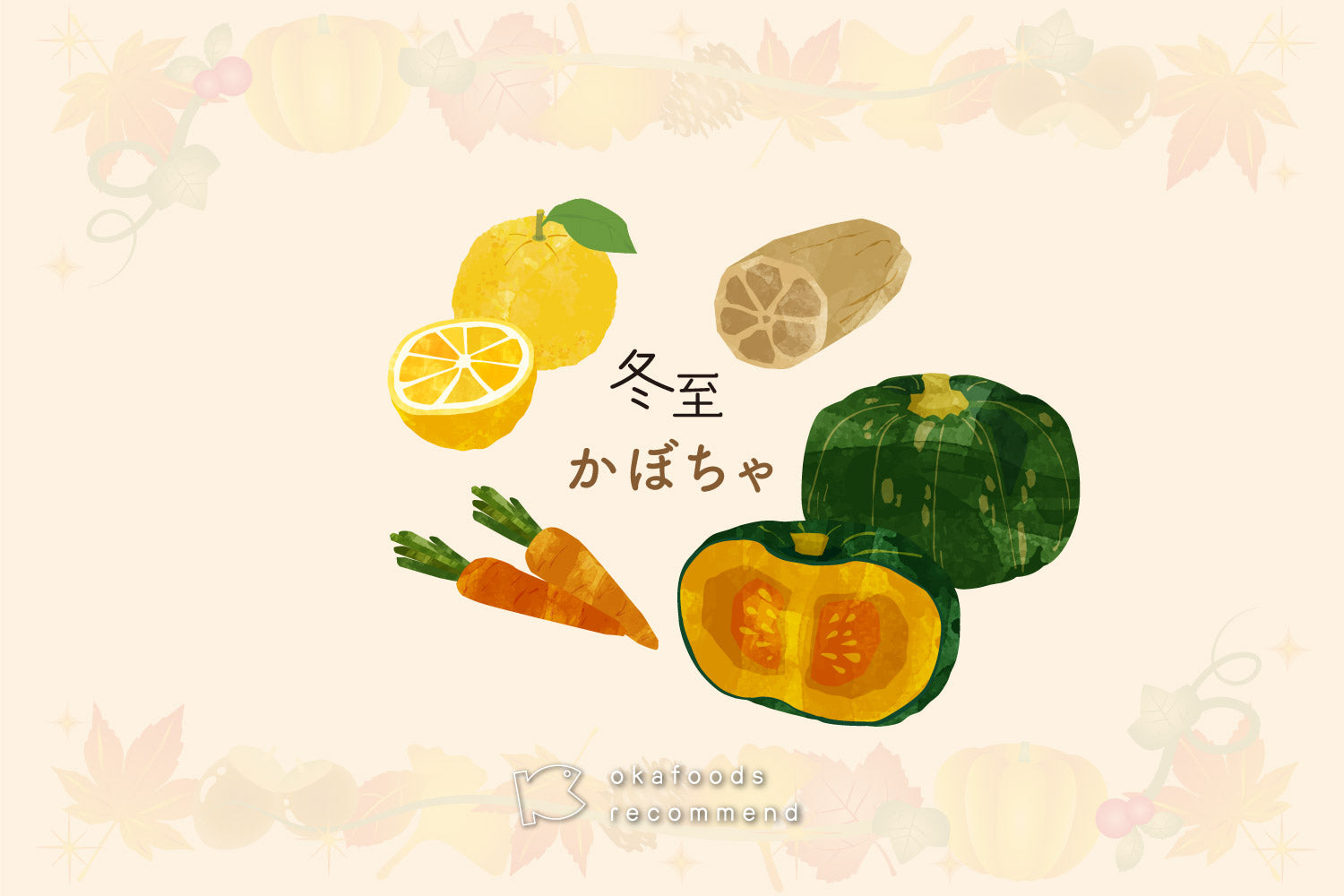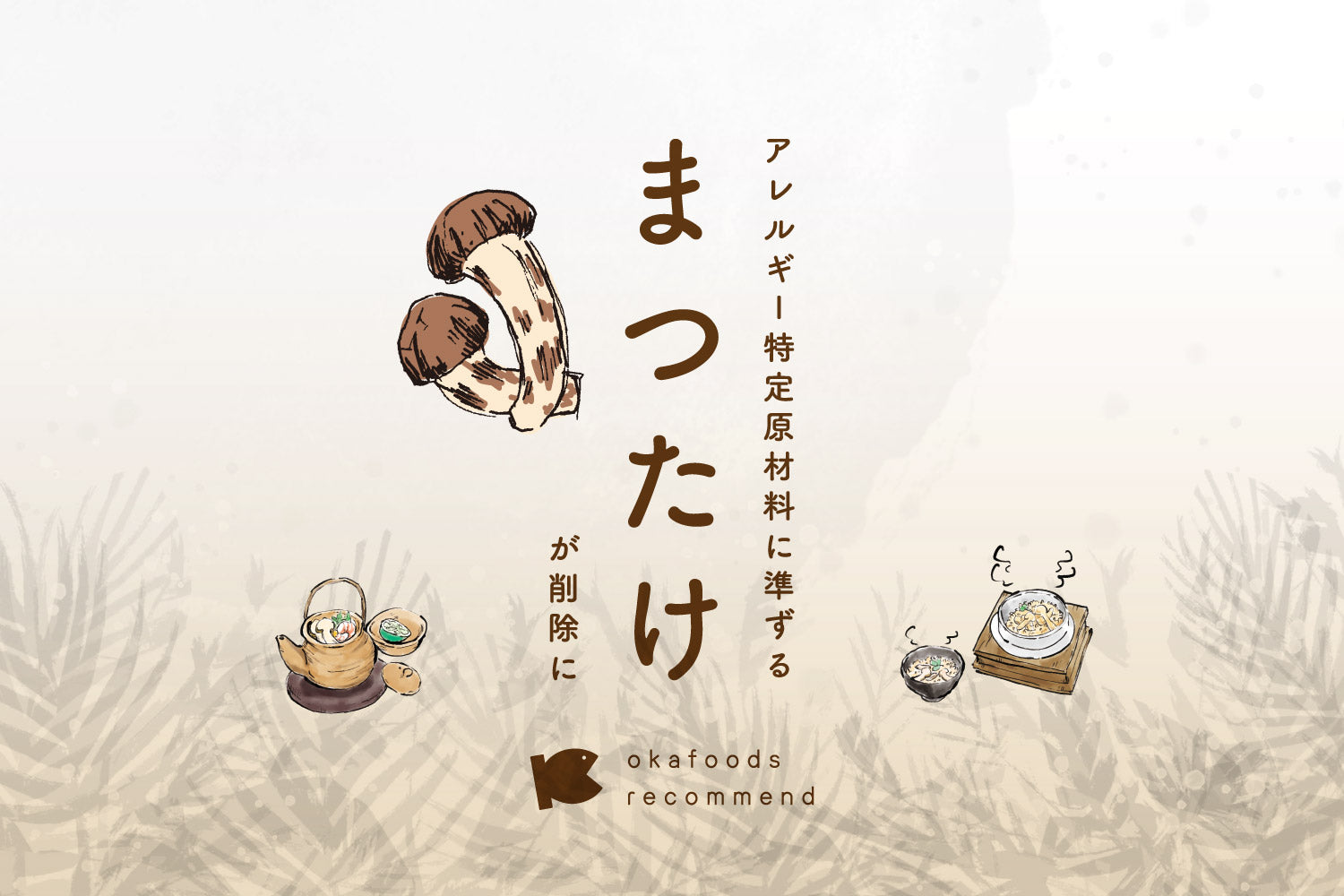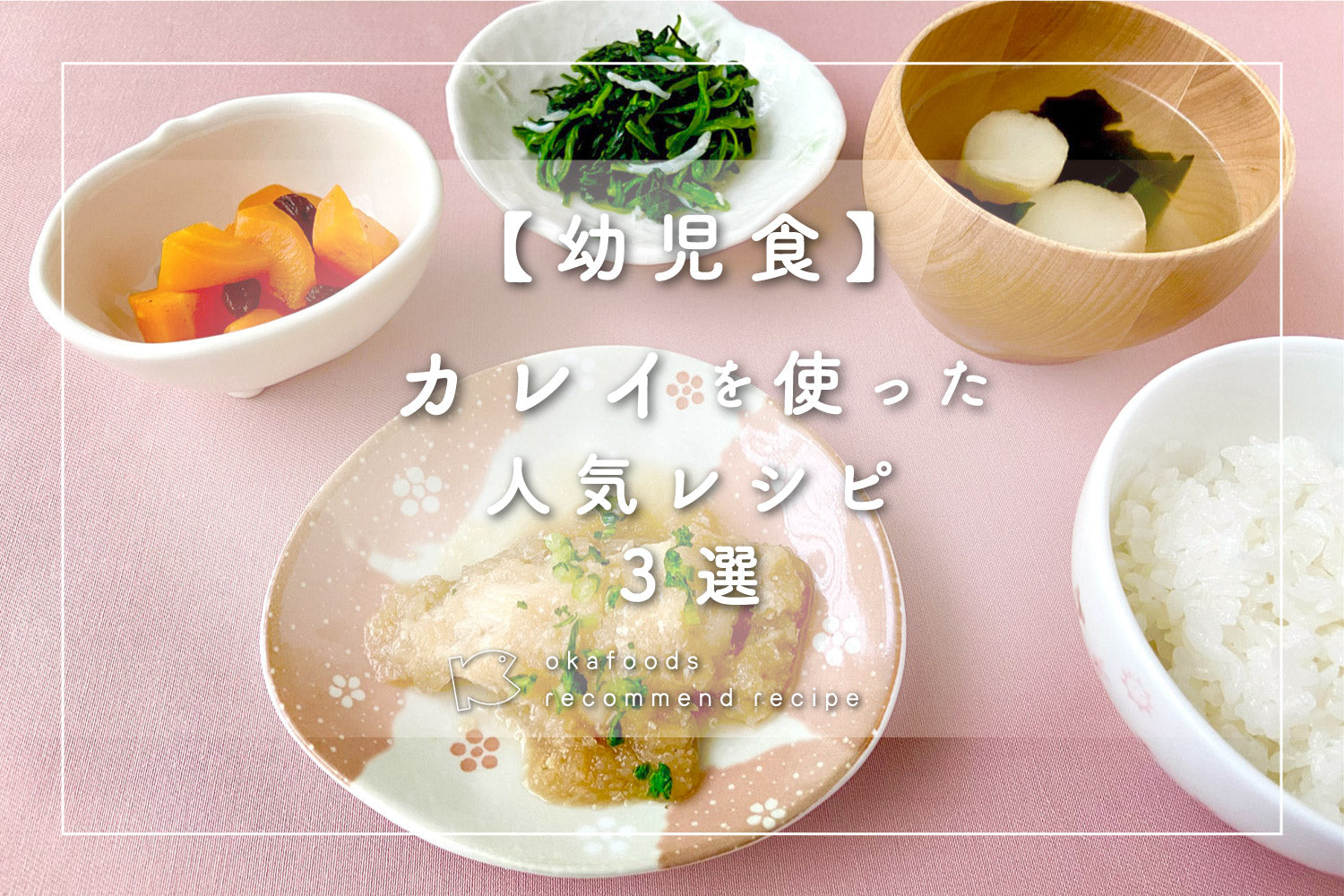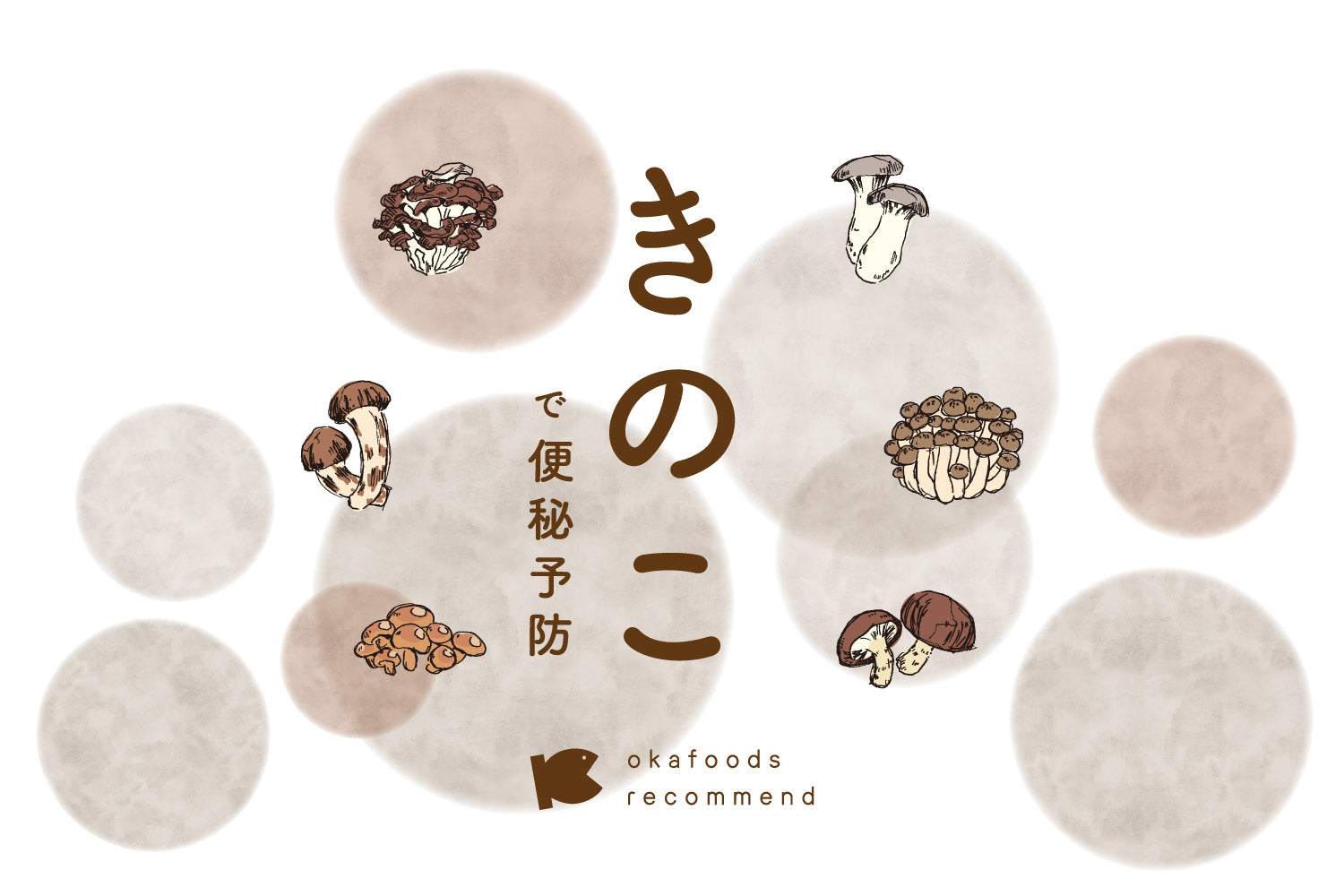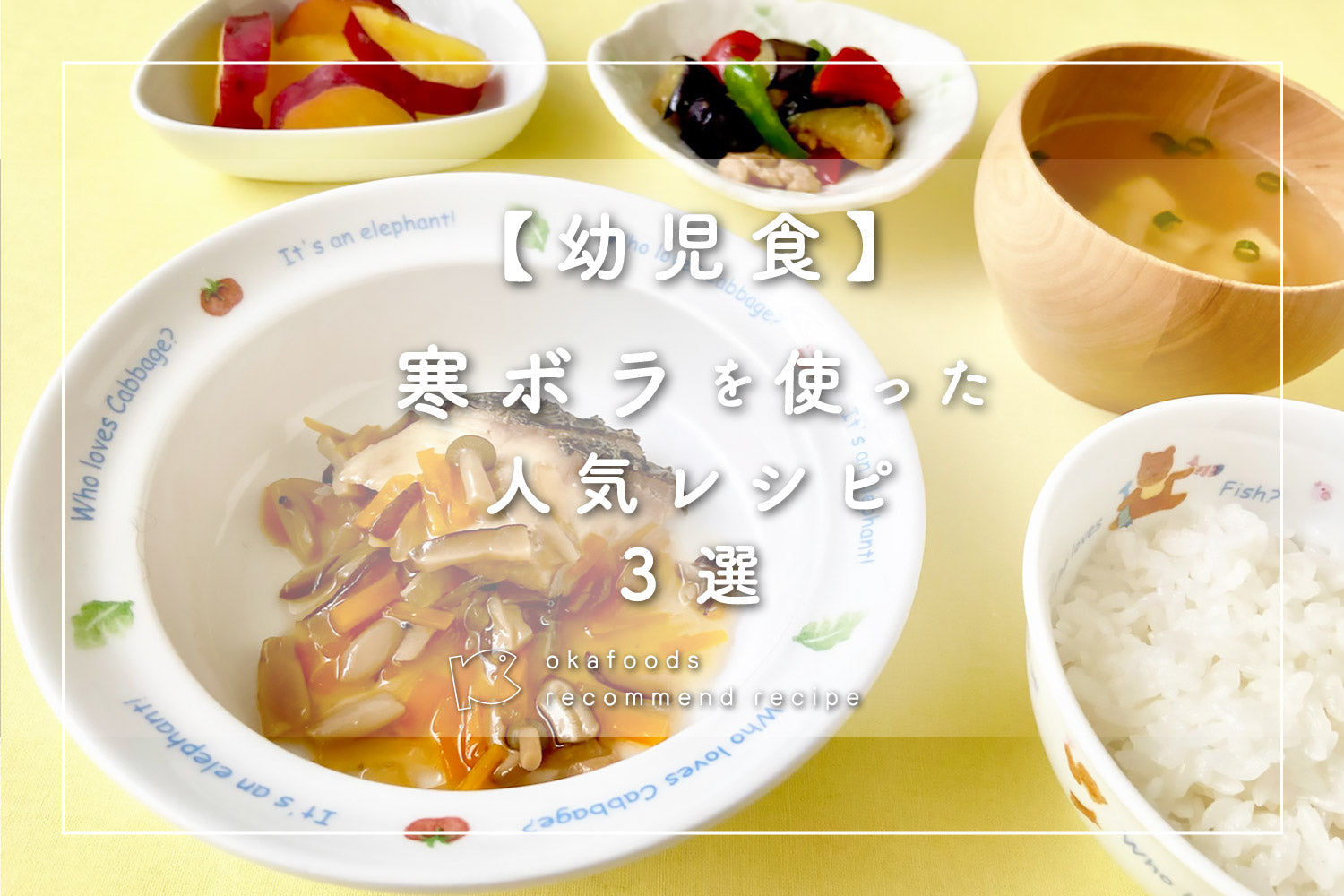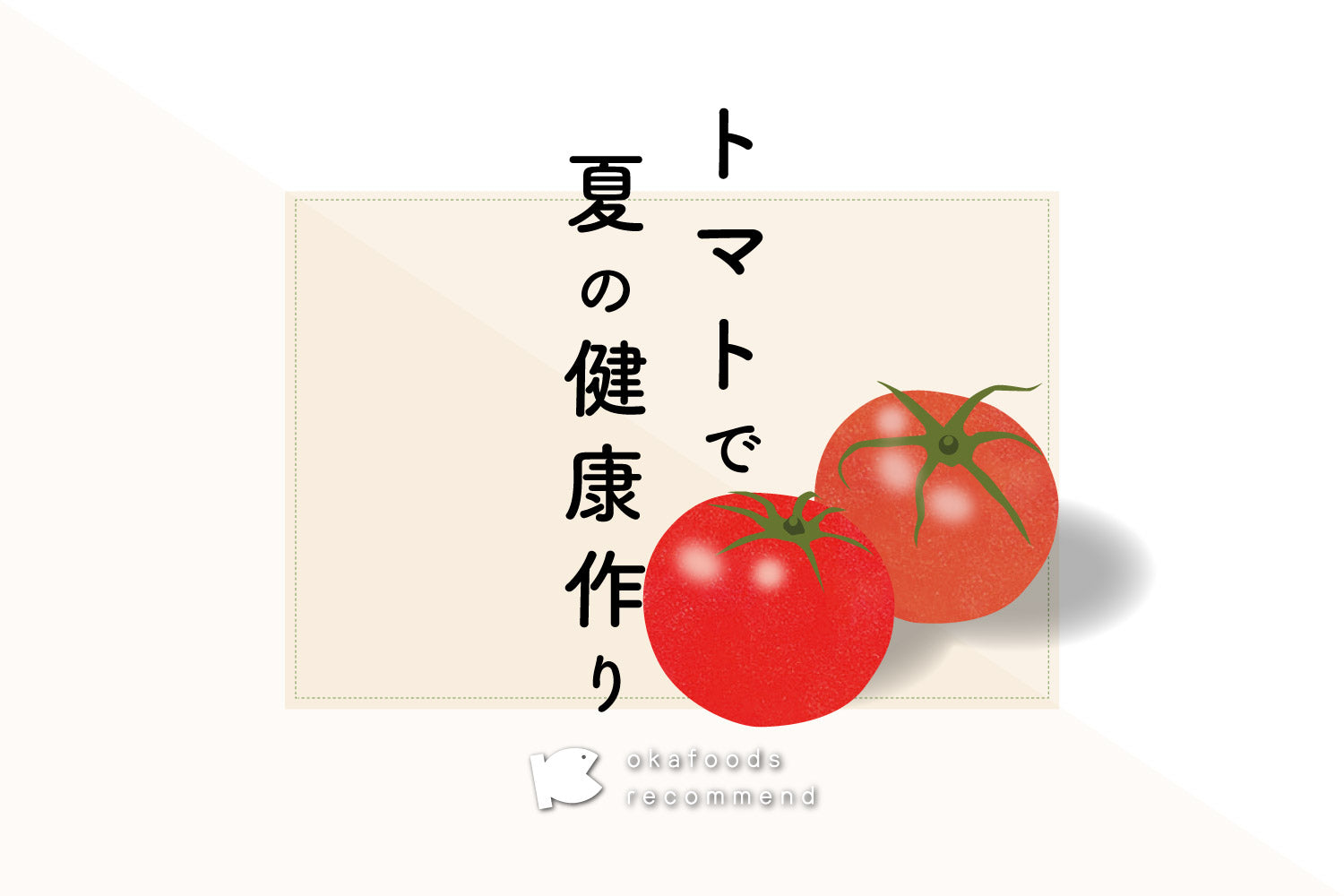The winter solstice is the shortest day of the year, and in China and Japan it has long been said that the sun's power is at its weakest on this day, and from the next day the days gradually get longer, marking a time when "luck will turn."
Therefore, there is a custom of eating foods that start with the letter "n" such as lotus root, carrots, and kumquats on the winter solstice, as they are associated with luck.
Today's contents: "Winter Solstice Pumpkin"
Contents
Also known as "Nanjing"
text
A typical example is the pumpkin, which was once known as "Nanking."
Pumpkins are harvested from summer to autumn, but they can be stored for a long time and become more delicious during that time, so they are also eaten on the winter solstice in December.

The bright yellow flesh and green skin of pumpkins are rich in beta-carotene, which is converted into vitamin A when it enters the body and is expected to strengthen the mucous membranes of the skin, throat, and nose.
As the weather gets colder and drier, the beta-carotene in pumpkins helps protect us from colds and other viruses.
Contents
A friend to children with egg allergies
text
In addition to being nutritious, pumpkin's yellow color also makes it a great ally for children with egg allergies.Eggs are essential for dishes such as oyakodon, which is made with egg, but they cannot be used by children who are allergic to eggs.
So, if you dilute pureed pumpkin in dashi stock instead of egg yolk and mix it with chicken, you can make a delicious oyakodon that tastes just like it was made with egg.
Pumpkins are beneficial for many reasons, including their health and as an alternative food for people with allergies. Why not try adding them to your menu around the winter solstice in stews or salads to help you get through the cold winter?
Contents
Cod with egg
text
Cod and mushrooms covered in fluffy egg have a sweet and spicy Japanese flavor that goes well with rice.
This is a fish recipe that you can make with confidence because it uses boneless fillets.
Menu: Miso soup (wakame seaweed, turnip), sesame-dressed taro, green vegetables dressed with seaweed
Allergens: Eight specific ingredients that must be labeled Egg Allergy Prevention: Mash the pumpkin, dilute it with dashi stock, and lightly mix it in place of the egg yolk.
next
↓




